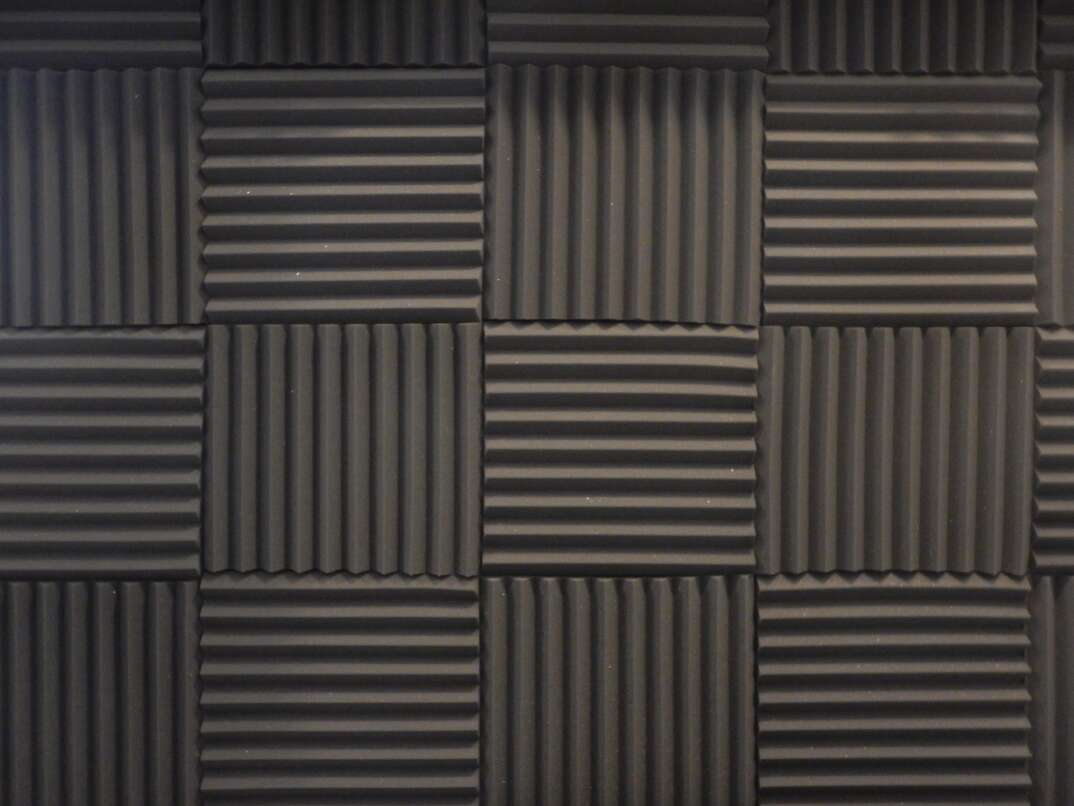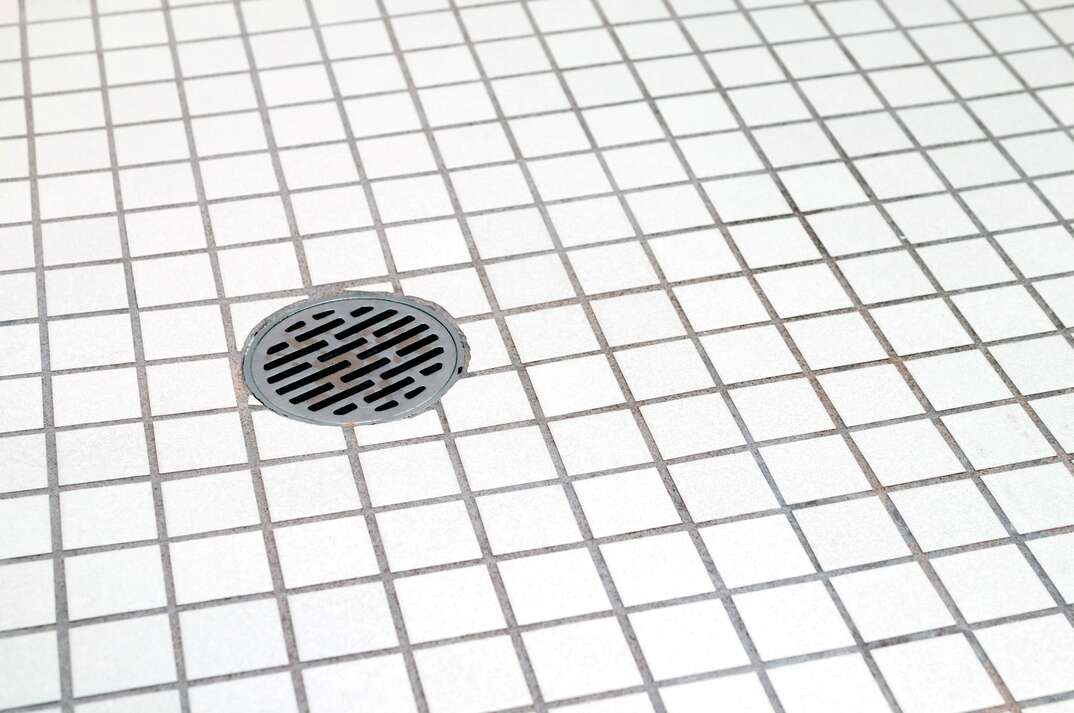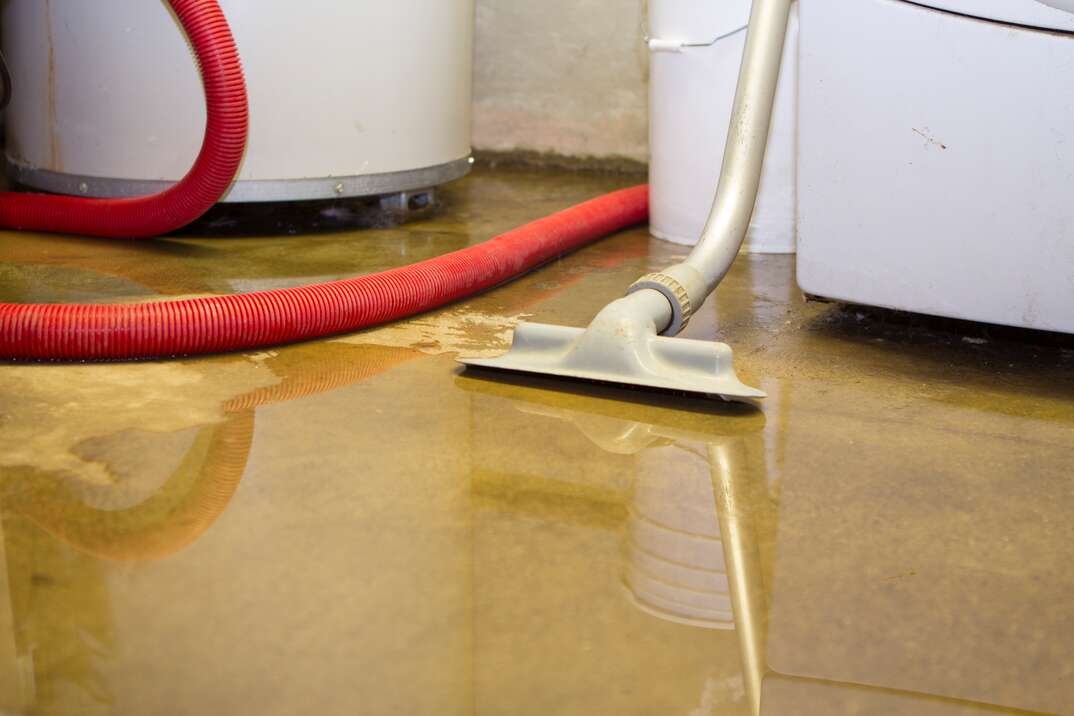How Much Does It Cost to Soundproof a Room?

Soundproofing Costs at a Glance
- Average cost per room: $1,650
- Materials cost per room: $170-$250
- Spray foam insulation: $3 per square foot
- Acoustic tiles: $10 per tile
- Drywall: $40 per sheet
- Acoustic foam: $100 per tile
If you live near a busy road or have inconsiderate, night-owl neighbors, you know just how frustrating and distressing noise pollution can be. It can be especially distracting if it occurs during the day while you work from home or if it causes sleepless nights. If you’re dealing with unwanted noise, soundproofing might be your solution.
This May Also Interest You: How Much Cash Will You Drop on a Drop Ceiling?
So, how much does it cost to soundproof a room? The answer really depends on the size of the room, but if you’re in desperate need of some peace and quiet, the expense is probably worth it.
How Much Does It Cost to Soundproof a Room?
According to ImproveNet, the average cost to soundproof a room is about $1,650, with actual costs depending on the size of the space. Average material costs are $170 to $250, with tools and labor making up the bulk of the bill.
What you’ll pay depends on the soundproofing materials you use and whether it's just the walls that need soundproofing or if there’s other work that needs to be done, such as soundproofing windows or the ceiling.
There are many soundproofing materials that can be used. Some items, such as carpeting and textured wall panels or acoustic tiles, are quite easy to install. Some common soundproofing materials, such as spray foam insulation, may need to be applied by a professional, but the foam itself is quite affordable — less than $3 per square foot.
 -------------------------------------------
-------------------------------------------
How Much Does It Cost to Soundproof a Wall?
The cost to soundproof a wall depends on the material used. Acoustic tiles are very effective at dampening sound. They cost around $10 per 20-inch by 20-inch tile. A layer of soundproofing drywall is comparatively cheap. Sheets of drywall are around $40 each, and they’re easy to install. Hanging drywall is a job that some moderately experienced DIYers can do themselves. The relative affordability of the materials means that even if you make mistakes, you won't end up spending too much to fix them.
Is Soundproofing Worth the Money?
If you're faced with the need for a soundproof room, the costs may be the least of your worries. Whether you're trying to reduce incoming noise for your own sanity or eliminate outgoing sounds to avoid annoying your neighbors, it's hard to put a price on comfort and peace of mind.
Soundproofing can be expensive if you have a large room and want to seal it completely. If you're trying to make a recording studio, for example, the cost of soundproofing ceilings, windows and walls will mount up. If you're just hoping to cut down on noise reaching a bedroom, however, it will be more affordable and most likely worth the improvement in how well you sleep.
More Related Articles:
- Will a DIY Drop Ceiling Get You in Over Your Head? Here’s What You Need to Know
- How Much Does Attic Insulation Cost?
- How Much Do Blown-in and Spray Foam Insulation Cost?
- How Much Does Drywall Cost?
- How to Hang Drywall: A 7-Step Overview
What Other Soundproofing Techniques Are There?
In addition to the techniques mentioned above, there are many other methods of cutting down on unwanted noise, including:
- Carpets: Thick underlay and carpets can reduce sound transmission to those living below or in an adjacent property.
- Wall hangings and curtains: Tapestries, rugs and thick soundproof curtains can help cut down on the transmission of ambient sound from room to room.
- Acoustic matting: Musicians often use acoustic foam to create a soundproof room for recording and to stop loud music from irritating neighbors. Acoustic foam is expensive, with tiles costing up to $100 each, but it has good sound-insulating properties.
- Textured paint: Popcorn ceilings and textured wall decorations can absorb more sound than their smooth counterparts. The insulating properties of paint aren't going to be enough to drown out loud music, but painting can help cut down on the transmission of average noises.
If you don't want to spend a lot of money renovating a room but still want to reduce the noise pollution you experience, consider making some simple changes to your decor.
- Use heavy curtains instead of blinds to reduce incoming noise.
- Scatter beanbags, cushions and throws around the room to reduce echoes.
- Stop noise from hardwood floors by laying rugs in high-traffic areas.


